Hindi films boast a billion-plus audience on the Indian subcontinent alone. It is said that Bollywood fans don’t look to the cinema for realism. Essentially they want good old-fashioned family entertainment, though now movies(Delhi Belly, Shaitan) are being made and accepted by multiplex audience. The reel life mirrors the real life. Yes movies made in India depict (knowingly or unknowingly) the relationship between money and society. A lot of the blood, tear and sweat sagas of Hindi films have revolved around money. At one time, wealth itself was the villain, then the paradigm changed and made money the hero. A look at money through the lens-eye of Indian cinema. The journey mirrors our own financial evolution as a free nation.
(Ref: Outlook money:Golden dreams on silver screen, Outlook money: Paisa Ye Paisa)
Table of Contents
1950’s
India is politically free but her people are bound by poverty.We had movies like Do Bigha Zameen (1953), Mother India (1957)where they try to save their land from money-lenders but in vain. These movies echoed the ideas of Nehruvian era struggle today for a better tomorrow with strong undertones of optimism. (Song: Duniya Mein hum aaye hain) and ‘profit is a dirty word‘. Powerful, destructive, lecherous money-lender personified all that was wrong with the system.
Wealth makes a golden-hearted Raj Kapoor a Shree 420 (1955). In Shree 420 (1955) Raj (Raj Kapoor)depicts a small town person who comes to Bombay with the dream of making it big. However his ideals and principles are soon crushed by the harsh realities of the big bad city. He strays but returns to a modest life as he rediscovers his inner self and because to make money one has to necessarily be a villain. Naya Daur(1958), asked an amazingly disnguished question about the race of industrialisation and how to get the rural india at the par of industrializing world.
 |
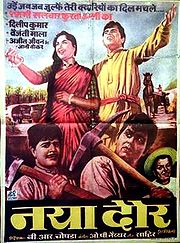
|
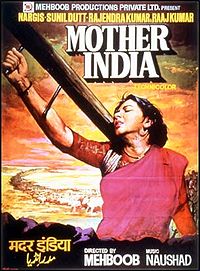 |
1960’s and 1970’s
By late sixities and seventies we have movies which show the frustataion of aam adami with collapsing socialist governement and red tapism for the diverted youths and injustice done to the innocent peoples. The Satyakam (1969) labours against a system that has sold itself to black money and punishes him for not getting tainted. In Roti Kapda Aur Makaan (1974) the hero a graduate is unable to afford the basic needs of Roti (food), Kapada (Clothing), and Makaan (Shelter).
During the 70s there was a feeling of great dissatisfaction in the youth that the establishment and the system are not doing sufficient work to take care of their issues and problems. The (still) poor, but (now) angry young working class man (the coolie, dock worker, shoe shine boy) is an established icon. Law hounds the straight guy and rewards the crooked -Âsmugglers, black marketeers, corrupt officials and sinister businessmen. And therefore, when one individual stood out, independently and challenged the system and came out victorious. He suddenly became a hero. Villians tranistion from being Money-lender to the rich hoarder and smuggler. In Deewar(1975) hero decides that money is the answer to all problems — even if that money must be earned through crime. Vijay in Deewar loses his mother though he has the bangla, the gaadi and the daulat. Mum, obviously, is still better than all the material wealth. Remember the famous dialog “Mere paas maa hain”
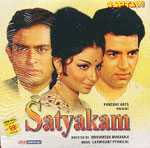 |
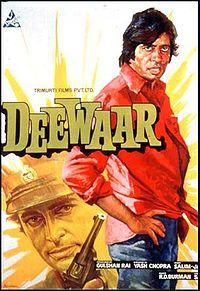 |
 |
1980’s
In 1980’s focus on money began to shift. Movies showed increasing comfort with money. It became a backdrop rather than a value judgement. Most of the movies in the 1980’s centered around romance with either a boy or girl being rich and love conquering all barriers. We had movies such as Maine Pyar Kiya (1989), Ram Teri Ganga Maili(1985), Love Story(1981), Betaab(1983, Nagina (1986), Hero(1983), Raam Lakhan (1989) . In 1980’s movie that showed the rampant corruption in Indian politics, bureaucracy, news media and business was Jaane Bhi Do Yaaro (1983) which was a dark satire.
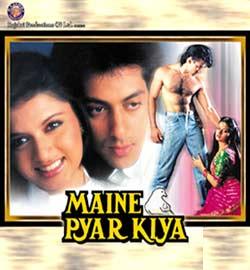 |
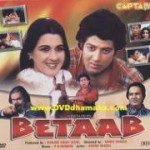 |
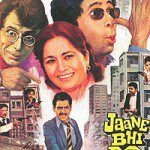 |
1990’s
In 1990’s money becomes a backdrop and we had movies like Dil Waale Dulhaniya Le Jayenge(1995) in which the hero and heroine are Non residents indians ,rich, wearing designer clothes, travelling abroad but still have Indian cultural values. This trend continued in movies like,Kuch Kuch Hota Hai(1998), Dil To Pagal Hai(1997), Pardes(1997), Hum Saath Saath Hain(1999).
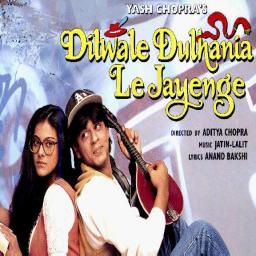 |
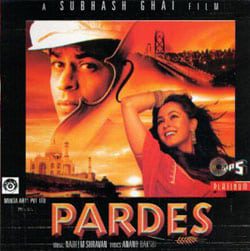 |
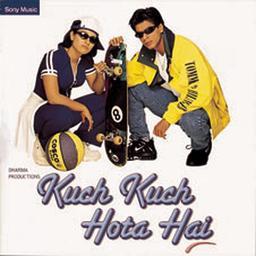 |
2000’s
2000’s shows contemporary Indian youth as cosmopolitan and urban. In Dil Chahta Hai(2001) shows city-oriented lifestyle in which all the characters are from rich or upper-middle-class families. They attend art exhibitions and performances of Western opera, and travel overseas as a matter of course. Both Hum Tum (2004) are doing well now and are financially free early to explore life and relationships. There is a Dhoom (2004)about a slick, stylish life. Although Yuva (2004) are still being led astray by the system (Abhishek Bachchan), they are responding through activism (Ajay Devgan) or a search for better climes (Viveik Oberoi). The intrigues and struggles of Corporate (2006) life are now part of the story of not just the exclusive Kalyug (1980) khandaan of the 80s, but ordinary people who are slugging it out in the boardrooms of India Inc. Bollywood does not look down on money any more, infact in 2007, we even have an eulogatory film on a first generation business tycoon, Guru.
 |
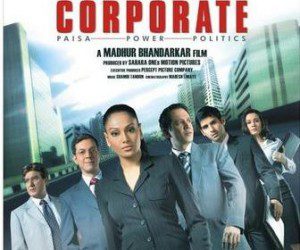 |
 |
Current(2011)
Shaitan, Delhi Belly, Zindagi Na Mile Dubara show a truly liberated generation. They face an unthreatened economic future and are unfettered by the financial restrictions that bound down their parents. The language has changed, so has their way to dress, look at things, fueling the consumer boom. Maybe too much wealth produces its own demons.
Money related movies
Some movies which were related to money (though did not do well at the box office are) EMI, Ta Ra Rum Pum , Aam daani athani kharcha rupaiya . EMI looks at lives of urban Indians affected by one common problem, that of, accumulated debts which they are unable to pay. Ta Ra Rum Pum is about what happens when one is buying things on credit on belief that he can pay easily as he is earning well but then meets with an accident and has to come down to live on streets. Aam daani athani kharcha rupaiya looks at how ordinary people spend beyond their earnings and challenges the male dominant attitude of the middle class families.
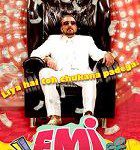 |
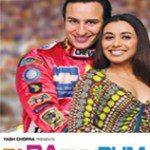 |
Hindi movies do show a mirror to real life. What do you think about the relationship between money and society and Hindi movies?
For more on jokes, quotes , songs on money one can checkout lighter side of money




Thank You for post and the suggestion to us”Hindi movies and money”. You have covered movies from 1950 – 2011. I have mostly seen all the movies.
Thanks for suggesting us!